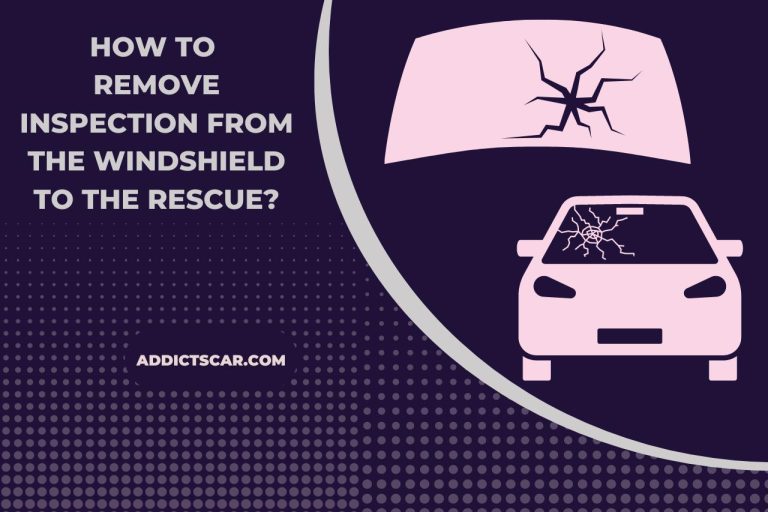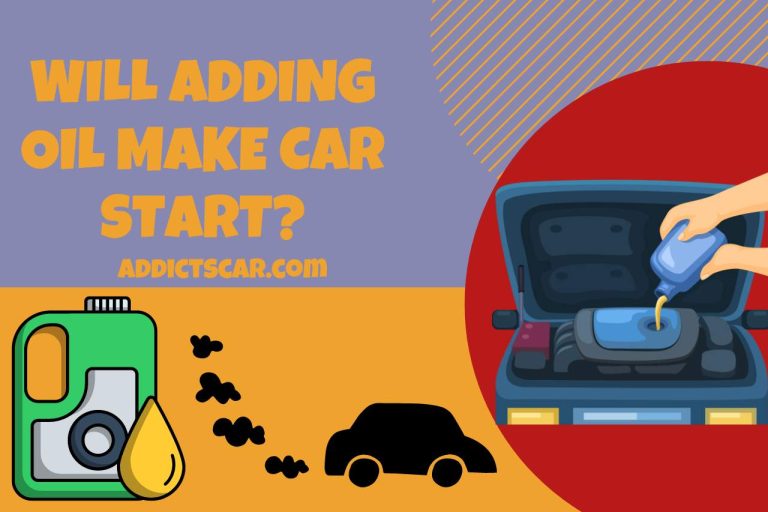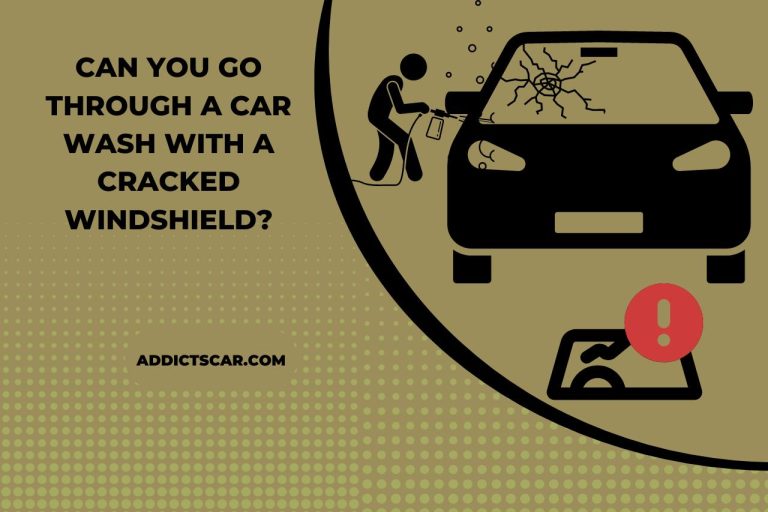Why Is Your Car Steaming Under the Hood? Expert Tips
There is a complex mechanism under your car hood due to the sum of various components. When one of the components under the hood is sick, you are warned by different signs; steam is such a symptom of a faulty unit. Why is my car steaming under the hood? There are several potential reasons behind this issue. Some situations are normal, while others need keen attention. You can get enough knowledge about all those reasons and solutions from this blog post, so keep scrolling!
Is it Normal for a Car to Steam Under the Hood?
Contamination from other oils can be recognized as a common situation, and there is no need to worry about it. Sometimes, there may be a small motor oil leakage from the gasket. When those fluids drop onto the engine or exhaust system, it can cause steam or smoke underneath the hood due to the heat of the car engine. Coolant, power steering oil, brake oil and transmission oil are examples of fluids that can get into the engine. This incident is known as contamination, and it does not harm the car engine. Most importantly, the smoke will scatter within a couple of minutes.
This incident can be commonly seen after you change the oil or coolant and in the engines that have a V configuration. But it is not a serious issue. And when one of the engine processes starts to malfunction, the engine might issue a smoke. In addition, if you accidentally spill the gas on the engine, the oil may flow on some sensitive parts of the unit and cause steam when the engine runs. Have a look at the next section to know some severe issues.
Why is My Car Steaming Under the Hood?
- Failed head gasket – if there is a faulty head gasket due to a coolant problem, the unit can produce white smoke.
- Blown radiator hose – if the radiator hose is blowing, it can produce a spray of coolant. When the coolant gets into the engine, there might be smoke and a bad odor under the hood.
- Leaking seal – when there is a leakage in the seal, the engine can burn the oil unnecessarily. And if there is a faulty valve or piston ring, the same thing can happen. If you use an incorrect oil type, this problem can arise. There will be blue or gray-colored smoke, along with a nasty smell.
- Electrical failure – there may be burning wires or short-circuiting, and then they can produce dark-colored smoke. Sometimes, the copper wires of the alternator can cause a steam and chemical odor, when they spark and come into contact with other components. If there is such an issue, the vehicle’s dashboard or lights might have a low voltage.
- Steaming Oil filler cap – if your car is an older one, its engine can produce more heat than modern cars. Then, there will be steam from the oil filler cap too. If the passage via the tube or piston is absent, it can produce steam.
How to Identify a Coolant Leak?
Simply, you will see fluid dropping underneath the hood. And also, you can notice some bubbles in the coolant reservoir. To identify the leak exactly, first check if there are puddles of coolant under the car. If you can see puddles, there might be a leakage. Or else, you can check under your hood if the fluid is flowing out. Moreover, observe the condition of the hose connections for any leakage. Another way to identify this issue is to turn on the car AC and let the pressure of the coolant system increase.
And there are some other clues of a coolant leak. Mainly, the engine can overheat; thus, the temperature gauge will move upward, probably into the red zone. If your vehicle comes with a low-coolant indicator light, it may flash too.
If there is no visible leakage but a lack of coolant, you have to do a coolant pressure test to identify if there is a low pressure causing an inner leakage.

What to do When Your Car is Overheating?
- First of all, park your car in a safe place.
- Secondly, you need to turn on the heater of your car. The reason why, the heater can grab the excessive heat from the unit. Although it seems oppositive, the heater works in that manner.
- Turn off the engine since it can create more heat while running.
- Open all the windows of the car. If you feel unsafe staying inside the car, come out and wait until the engine cools down completely. If there is also smoke, keep the hood open for a while.
- After it cooled down, check the components to see if there is a lack of coolant using the dipstick.
- Then fill an adequate amount of coolant.
- If there is another cause for overheating, such as a broken water pump and faulty radiator, you have to visit a professional mechanic to fix the issue.
VIDEO CREDITS: Scotty Kilmer YouTube Channel
Can I Still Drive if My Car is Smoking?
It is not recommended to keep driving the car when the engine produces a lot of smoke. Because it can be unsafe for you if there is a serious issue, you should park the vehicle in a safe place immediately and turn off the engine. Get off the car, open the hood and Wait until the smoke scatters because it can cause some breathing difficulties.
After the engine cools down, check the components under the hood. If you can notice a fluid leakage, you need to go to a professional soon. If the oil pressure has become low, add an adequate amount of fuel.
Conclusion
The engine under the hood can produce steam or smoke due to various reasons. Among them, contamination can be commonly seen. If the smoke does not reduce within a few minutes, there might be a serious issue, such as a leaking seal, electrical failure, etc. Sometimes, these issues can produce excessive heat too. Then you should adhere to some precautions.
Dive Deeper: Related Content You Shouldn’t Miss







